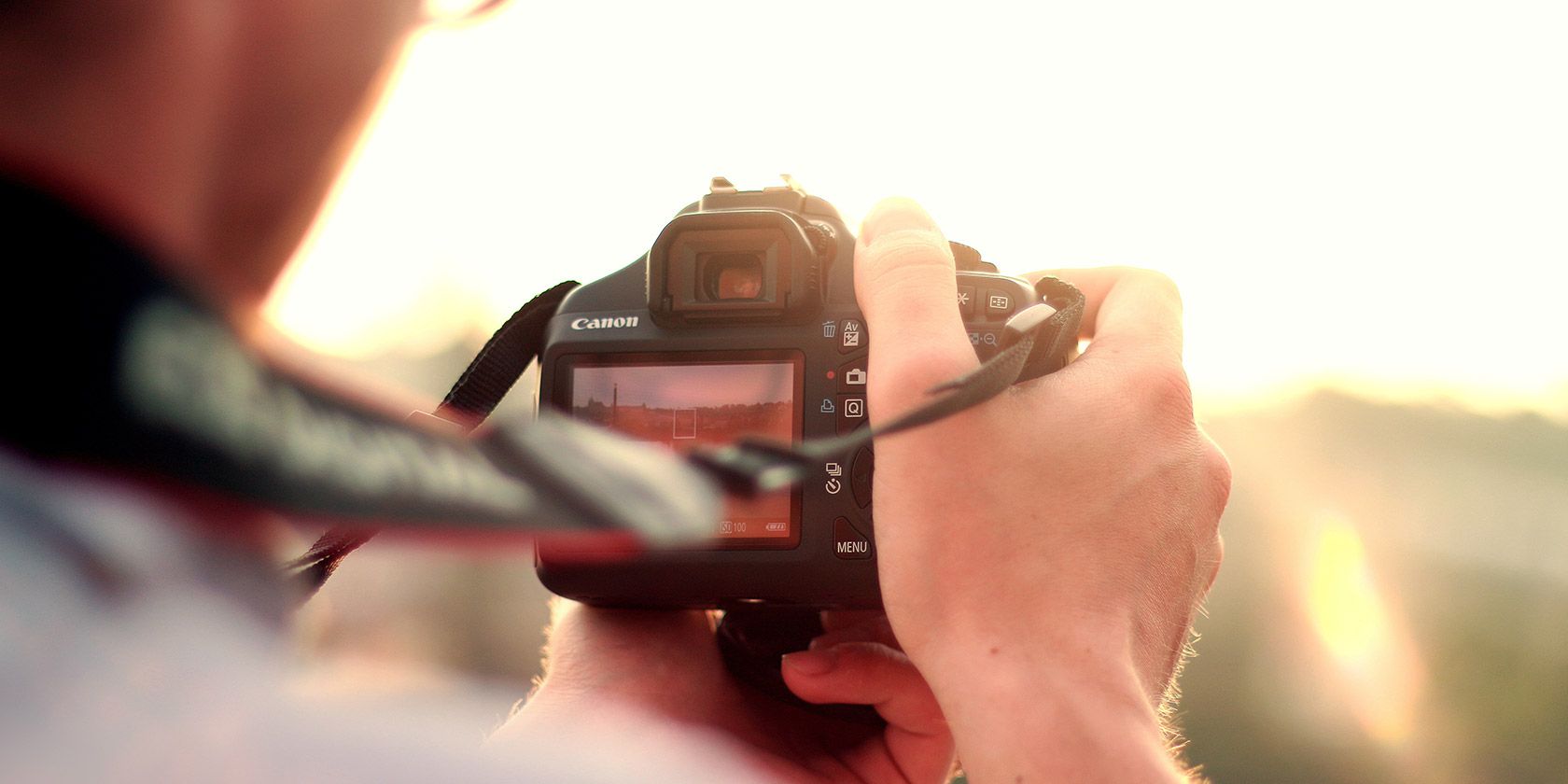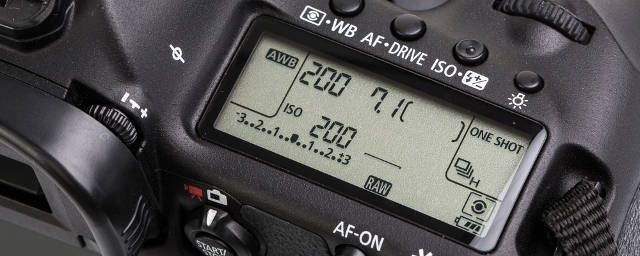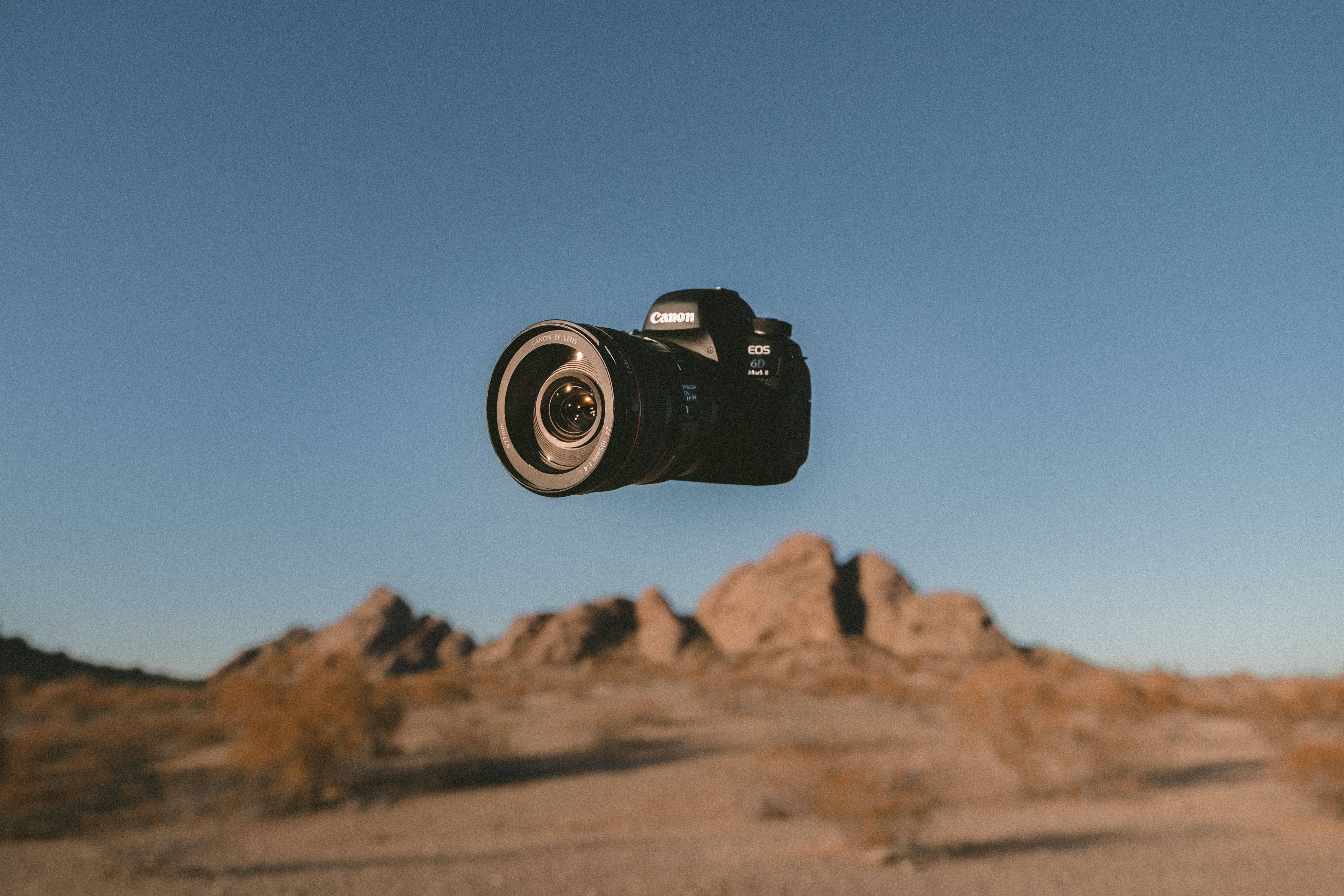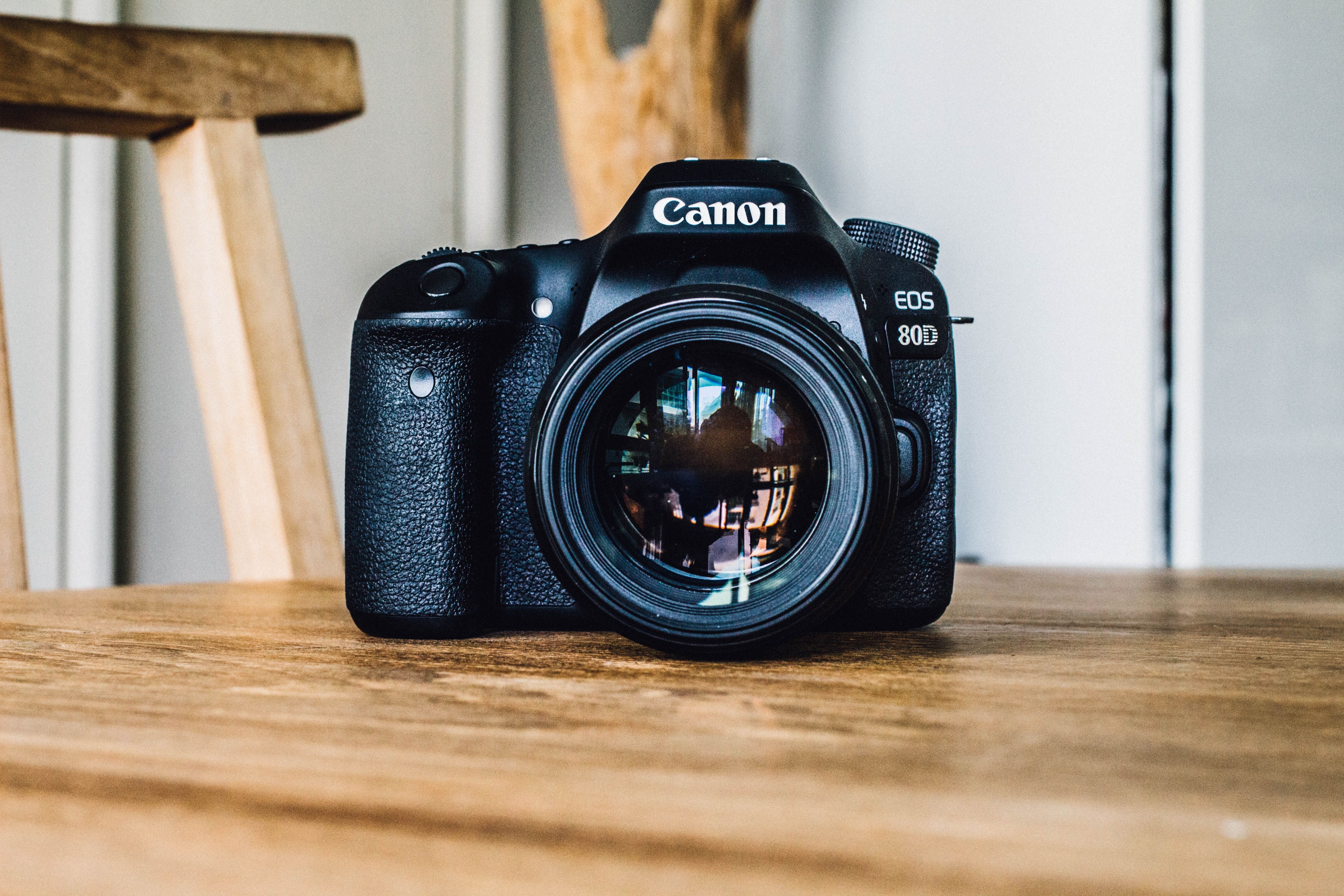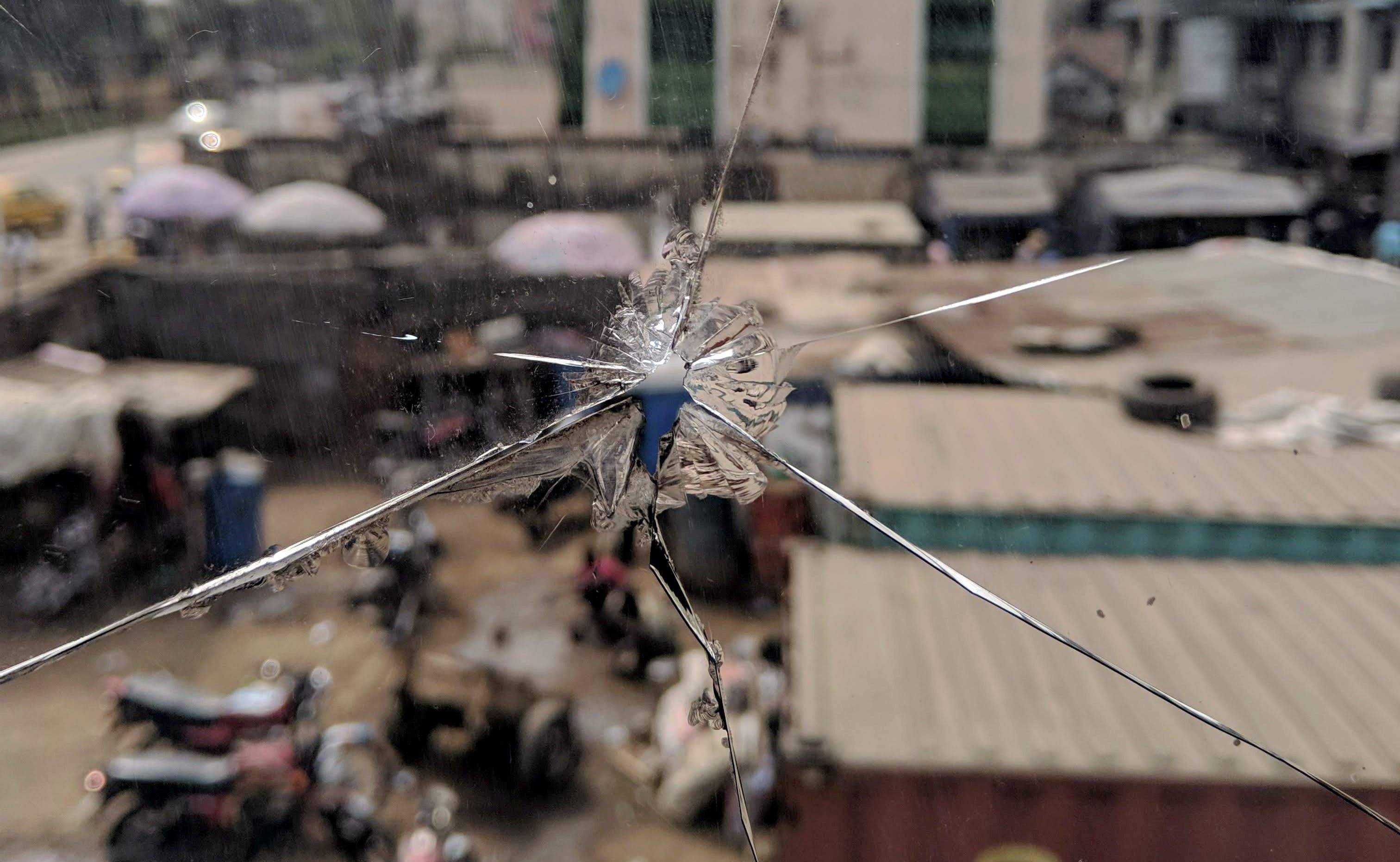Unless you're a full-blown professional, you should always buy used DSLR camera bodies. This is especially the case if you're a newbie shopping for your first entry-level DSLR or a hobbyist replacing your first DSLR.
The truth is, there are few tangible benefits between a used camera and a new DSLR. The benefits that do exist are pretty much negligible to everyone but the most advanced or specialized.
In our eyes, the decision between used and new is one of the most important decisions you can make when buying a new camera. Is buying a used camera a good idea? Absolutely. Here's why.
DSLR Cameras Have Insane Lifespans
When it comes to electronic devices, the usual stigma is that "used" means "diminished in quality, reliability, or lifespan." This may be true in general, as many electronic items tend to fail quickly, but this isn't the case for modern cameras.
In fact, most cameras are so robust that their lifespans aren't measured in time. Instead, their life expectancy is measured by something called shutter count. Left alone and undisturbed, a modern DSLR's lifespan would likely be indefinite, limited only by the availability of a working battery.
The shutter count is a running total of the number of shots taken by the camera. If you've taken 1,000 photos, your camera's shutter count would be 1,000.
The rule of thumb for shutter count on different cameras is:
- Entry-level DSLRs typically last at least 50,000 shots.
- Mid-level DSLRs typically last at least 100,000 shots.
- Professional DSLRs typically last at least 200,000 shots.
Let's say you take ten photos every day for the rest of your life; that comes out to 3,650 shots every year. So even if you are using an average, entry-level camera, you can expect the device to last over 13 years. For a professional camera, the expected lifetime would be somewhere in the ballpark of 55 years.
The moral of the story? There's nothing wrong with buying used cameras. Yours will likely stay solid for quite a while.
There are plenty of tools available to check the shutter count of a used camera for sale, which would give you a rough estimate of its remaining life. Of course, these tools aren't always super accurate, but they're still nice as a gauge.
The Savings Are Phenomenal
Despite the fact that DSLRs have long lifespans, the value of a used camera tends to depreciate quickly. As you know, mainstream camera brands, like Canon and Nikon, put out new camera models at least once every year. As a result, the value of older models goes down quickly.
You can expect to pay a significantly lower price for the latest camera model when buying it used instead of new. When you buy an older model of a used camera, it will be even cheaper.
Let's illustrate the point by comparing the prices of both the new and used versions of the Nikon D6.
Buying this camera new on Amazon would cost around $6,500, which may seem outrageous for just a camera. However, you can find the same camera used for approximately $5,600. Still steep, but this camera is top-of-the-line and reasonably new.
Mirrorless Cameras Are in Vogue Now
Until a couple of years ago, DSLRs ruled the roost, but now, mirrorless cameras are popular due to their lighter weight, silent shutter, and faster focusing capabilities.
Canon recently announced that it would soon be pausing the production of DSLR cameras and concentrating on mirrorless cameras. Nikon hasn't released a single DSLR since January 2020.
If you're a newbie trying to test the waters of DSLR, your best bet is to go for a used one rather than spend money on a new one. Better still, invest in a mirrorless camera—that's where the future lies.
Better Models Aren't Worth the Price
Is there a downside to buying used cameras? If we're just talking about one or two generations in the past, then there are very few downsides, if any. In fact, newbies and hobbyists shouldn't even bother with the newest models of any camera line.
Camera features are slow to become obsolete. We can illustrate this by comparing two Canon cameras, the 5D Mark II and its older brother, the 5D Mark III.
The price between these two used Canon cameras differs by an average of $800. But the newer model offers little more than an expanded ISO range, improved burst speed of six photos, and one additional megapixel of resolution.
You should only get a newer model if it has a specific feature that you absolutely cannot live without, like a full-sized sensor. Otherwise, something older will work just as well. Both of these cameras include a full-frame sensor, so the natural choice will generally be the Mark II.
Older cameras are also more likely to have used versions available, and they're going to be cheaper than used cameras of a more recent generation.
Cosmetic Defects Are Negligible
One thing that hangs people up when talking about used cameras is cosmetic defects. When you buy a new camera, you're guaranteed that it's fresh, clean, and unmarked. But, on the other hand, when buying used cameras, all bets are off.
We definitely recommend getting up-close and personal with a used camera before buying it, if at all possible. Here's the thing, though: scratches and marks have no impact on the function of the camera body, nor do they affect the outcome of your photos. The discomfort of a cosmetic defect is merely psychological.
That being said, there are a few defects and issues that you should be aware of when buying a used DSLR.
For example, scratches on the body are fine, but scratches on the sensor may impact your photos significantly. Avoid cameras with fungus and mold anywhere on or inside their body for the same reason. Sticky buttons may indicate residue beneath the surface, preventing them from working correctly. Corroded connection ports are bad for the same reason; so are dented lens mounts.
Anything else?
Whenever possible, buy the camera in person, so you can check for these issues. If that's not possible, you can still buy online at reputable places like Adorama, B&H Photo, KEH, and even Craigslist.
A Few Warnings and Caveats
Hopefully, it's now clear that buying used DSLRs is the smarter way to go most of the time. However, as much as we believe that buying a used camera is usually the best answer, there are a few scenarios where you may be inclined to think twice:
- Used sales are often final. This means that you typically can't return a used DSLR for any reason, which can be risky if you aren't too knowledgeable about cameras. If you buy new from a place like Amazon, you'll usually have a 30-day return policy to fall back on at the very least.
- Shutter counts aren't always accurate. Some camera brands are more honest about shutter counts than others, and some camera models and shutter-counting programs are better at tracking than others. While shutter counts can theoretically tell you a lot about a used camera's remaining lifespan, take them with a grain of salt.
- New cameras can sometimes be cheaper. You can usually find seasonal online promo codes and coupons from manufacturers if you spend some time looking. You can also look through online bargain websites; every once in a while, you'll find a deal that's too good to pass up.
Is Buying a Used Camera a Good Idea?
In our eyes, the answer is a resounding "Yes." At the end of the day, the perfect photo comes from the heart of the artist.
As long as you're equipped with a functional camera, little stands between you and your best work.

